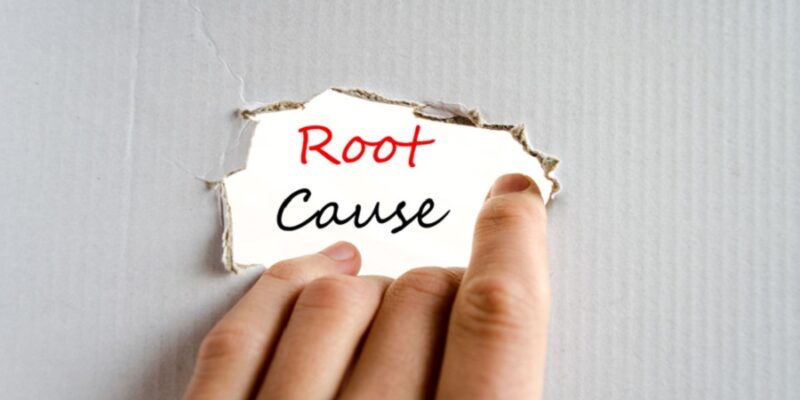Mold is a common issue that can wreak havoc on a home’s infrastructure and residents’ health, but one area often overlooked is the attic. Hidden from sight, attic mold can lead to serious problems if left untreated. This article will explore the biggest causes of mold in the attic, how to identify it, and when to contact a mold specialist to help remedy the issue.
High Humidity: A Breeding Ground for Mold
The attic space often experiences high humidity, which allows mold to grow and thrive. Excessive humidity in the attic can be caused by poor ventilation, insufficient insulation, or simply the local climate. It’s essential to maintain proper attic ventilation and insulation to prevent humidity buildup and mold growth.
Roof Leaks: An Invitation for Infestation
Roof leaks are another significant cause of attic mold. Water intrusion from a damaged or leaking roof provides the perfect environment for mold to develop. Regularly checking for signs of roof damage, such as wet insulation, water stains, and deteriorating roof materials, can help catch leaks early and prevent mold from taking hold.
Insufficient Ventilation: Mold’s Hidden Ally
A poorly ventilated attic can lead to excess moisture and, subsequently, mold growth. Proper attic ventilation allows moisture to escape, preventing it from becoming trapped and creating an ideal environment for mold. Ensuring adequate vents and fans are installed and functioning correctly is essential to prevent mold problems.
Blocked Soffits: An Overlooked Mold Culprit
Soffits, which are vents located under the eaves of a house’s roof, can become blocked by debris, insulation, or even a bird’s nest. Blocked soffits restrict air circulation in the attic and result in increased moisture and mold growth. Regularly checking and clearing soffits can help maintain proper airflow and prevent mold. Additionally, you can also check out this blog to learn some surprising facts about molds so you can better protect your home.
Recognizing Attic Mold
Detecting mold in the attic can be challenging, as it may be hidden within the insulation or behind stored items. Musty odors, discolored surfaces, and increased allergy symptoms can all indicate the presence of mold. If you suspect attic mold, make sure to contact a mold specialist in Atlanta to accurately assess the situation and remove the mold.
To Sum Up
Mold in the attic can quickly become a major problem if left untreated. High humidity, roof leaks, insufficient ventilation, and blocked soffits are all possible causes of mold growth in attics. Recognizing signs of mold and taking preventive measures can help ensure your attic stays free of this destructive fungus. If you suspect mold in your attic, contact a professional for an assessment right away. Doing so can prevent further damage and save you money in the long run.

